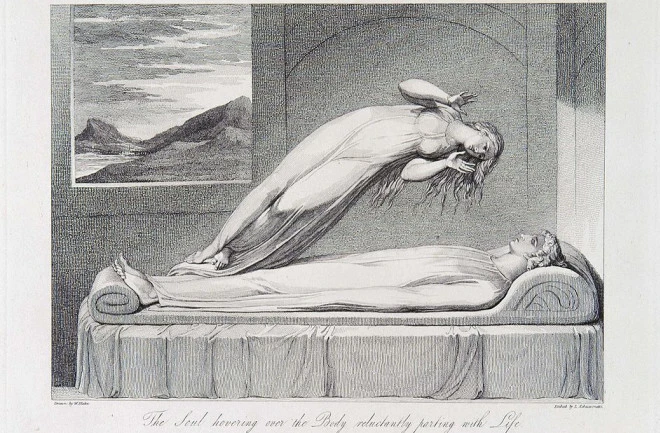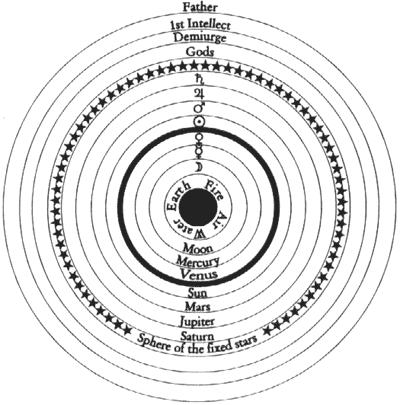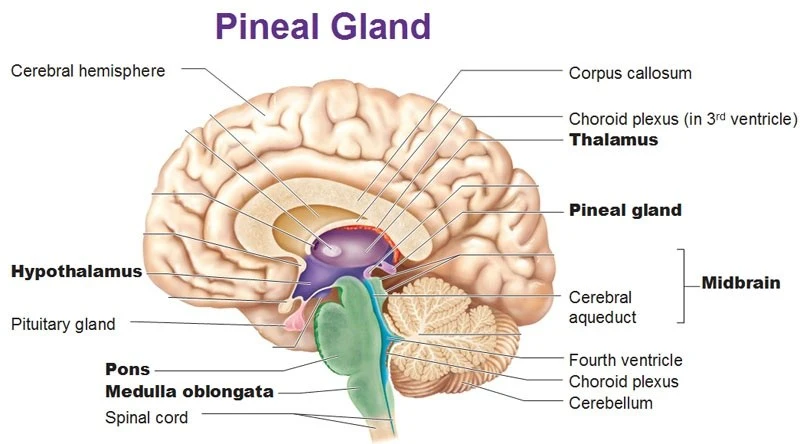In essence, we can all agree that the soul embodies what defines you as a person. It’s not merely your occupation, but rather the essence that shapes your interactions with colleagues, customers, or employers—what makes you proficient in your role. It’s not solely about your place of origin, but rather the amalgamation of traits unique to you by virtue of your nationality, city, or neighborhood. Not your being a woman or a man but your femenity or masculinity. Neither being a mother or a son, a tall Hecules or an achondroplastic adult.

The Mortal Soul
Delving into medical manuscripts consulted by neurosurgeons treating brain injuries or the scientific literature penned by neurobiologists, we encounter a wealth of information detailing how information is processed, how emotions, age, sex, and hormonal levels influence our decisions, how memories are stored, and how we respond to external stimuli. This body of scientific literature enlightens us on how brain circuits modulate, enhance, and inhibit the flow of signals received from our senses and between different brain regions.
Through numerous studies on accidents, violent attacks, and the ordeals of war survivors enduring ghastly brain injuries, we’ve obtained insights into how damage to specific brain regions affects a patient’s character and cognitive abilities. This accumulated data has yielded a three-dimensional map of the human brain with microscopic resolution—a stunningly intricate picture. Yet, amidst this complexity, there remains a glaring void.
What’s conspicuously absent is the conscious entity—the self. Everything we’ve discerned about the brain depicts a being akin to a robot
What’s conspicuously absent is the conscious entity—the self. Everything we’ve discerned about the brain depicts a being akin to a robot, executing actions, processing information, and reacting. Picture a sophisticated AI chatbot engaging in profound conversations—it can simulate meaningful interactions, yet there’s no sentient presence behind its responses. Similarly, neurology’s depiction of a person mirrors this, devoid of any necessity for consciousness.
Science fails to define what is the “redness” of a red rose or the sensation of “painfulness” when you fall to the floor.
Is your perception of a certain colour distinct from mine?
Perhaps what you perceive as red is what I’d label as green if I could see through your eyes.
Everybody knows how chocolate tastes but does chocolate taste identical to both of us?

You may have come across assertions that advances in brain imaging are paving the way for mind reading, but I can assure you, that remains wishful thinking. Understanding how neuronal signals are processed is a far cry from deciphering the thoughts they engender. Consider this scenario: Recall the last time you kissed someone passionately. As you gaze into your lover’s eyes, anticipation surges within you. You’re not only aware of the texture of their lips but also the warmth of their body, the subtle fragrances that heighten the moment. The surroundings fade into insignificance. The myriad neuronal signals processing smells, sensations, and bodily reactions defy scientific analysis to reassemble the rich tapestry of thoughts you’re experiencing. Even if technological advancements were to facilitate a comprehensive analysis of all neural activity and interconnections, it would still fall short of elucidating what it’s like to undergo those sensations and thoughts, and who exactly is experiencing them.
The Observer and the Immortal Soul
It’s evident that science’s object of study is the material realm. All its various methodologies are tailored to dissect and understand this domain exclusively.
There exists a facet of human existence that science struggles to define: the essence of your own consciousness
However, there exists a facet of human existence that science struggles to define: the essence of your own consciousness —what I will call the observer, for the sake of brevity. This observer, then, emerges as a compelling candidate for the part of ourselves with an immortal origin.
Numerous examples in near-death experience (NDE) literature suggest that the observer may indeed be integral to what comprises the soul. Take, for instance, Martin W’s NDE 8303, who, following a motorbike accident, found himself detached from his physical body while still alive. Martin vividly recollected the events leading up to the accident and even perceived the thoughts coursing through his brain as though they belonged to a stranger. In his account, Martin merely observed the unfolding events with a sense of detached curiosity, indicating the paramount importance of the observer aspect.
Another compelling illustration of the heterogeneous nature of our soul comes from Ron K’s NDE 2408. In the liminal realm between life and irreversible death, Ron encountered several facets of his own soul, each stemming from different incarnations. His experience underscored that it’s solely the essence of the soul that transitions into a new body. Although the specifics of how this essence transmigrates remain elusive in NDE literature, it’s evident that this process involves a shedding of past-life memories and capabilities, retaining only the quintessential core of the soul’s essence.
Two Contraposed Views on the Nature of the Observer: Hermeticism and Buddhism
Let’s delve into these two philosophical frameworks concerning the essence of the soul, as both posit the existence of such an essence.
According to Hermeticism, upon death, the individual embarks on a journey through the cosmic spheres enveloping our planet (in the belief that Earth was the solar system’s center). In each sphere, corresponding to a planet, the soul sheds earthly attributes—envy, hatred, material desires, and so forth—gradually purifying itself until it attains a divine nature akin to that of the gods. Hermeticism advocates for a life where one enriches the divine essence within, as a soul lacking in this divine essence may opt out of the celestial journey altogether, choosing to remain in the material realm.

On the contrary, Buddhism posits that what constitutes the essence that is reborn comprises our needs, habits, desires, and attachments, among other factors. Reincarnation, according to Buddhism, is propelled not by the soul’s volition but by karma, shaped by one’s actions in life. Liberation, in Buddhist philosophy, entails shedding the self entirely, leading to ultimate liberation.
or non-Buddhists, comprehending how the annihilation of the self equates to liberation poses a challenge. If there’s nothing to liberate, why strive for freedom? It would perhaps make more sense if Buddhism proposed that once the essence is cleansed of all that necessitates rebirth, it attains Buddhahood, resonating with all Buddhas in existence. However, Buddhism espouses a different doctrine: the complete eradication of the essence itself is necessary to break free from the cycle of rebirth.
Two Contraposed Views on the Nature of the Observer: Hermeticism and Buddhism

The quest to pinpoint the exact location of the immortal soul within the brain leads us to contemplate a realm where the immortal intersects with the mortal—a space where the information constituting the mortal soul achieves its utmost independence from matter, reaching its pinnacle of abstraction. A place where the mortal soul becomes so subtile that it can directly interact with the immortal observer. This locale, by logical deduction, likely resides within the limbic system, primarily the diencephalon.
Another proposition, articulated by Descartes, posits the pineal gland as the seat of the immortal soul. Descartes postulated that since the soul is singular and indivisible, it should inhabit the sole cerebral structure lacking a duplicate that sits almost in the center of the brain—the pineal gland.
Functioning as both a hormonal gland and a nexus for numerous nerve terminations, the pineal gland maintains an intimate connection with the diencephalon. Consequently, it serves as the conduit where the mind and body biochemistry converge, representing the interface between mind and matter.